
The high-frequency electrosurgical treatment system integrates high technology, and its biggest feature is that the operation does not bleed, the pain is small, the sequelae and complications are avoided, and the recurrence is prevented. Its principle is: when high-frequency treatment clamps hemorrhoids, the electric forceps quickly evaporate the hemorrhoidal tissue water, the biological tissue electrical impedance changes from small to large, and when the electrical impedance and the output impedance of the instrument match (tissue dry junction carbonization), the instrument automatically beeps prompts, that is, to achieve the therapeutic effect. Clinically, it is suitable for the examination and treatment of hemorrhoids, fistulas, fissures, perianal abscesses, polyps, fibroids, and other anorectal diseases. It has the advantages of simple operation, short treatment time, automatic alarm at the end of treatment, no carbonization of normal tissues, good vascular closure, no bleeding during and after surgery, and little pain for patients.


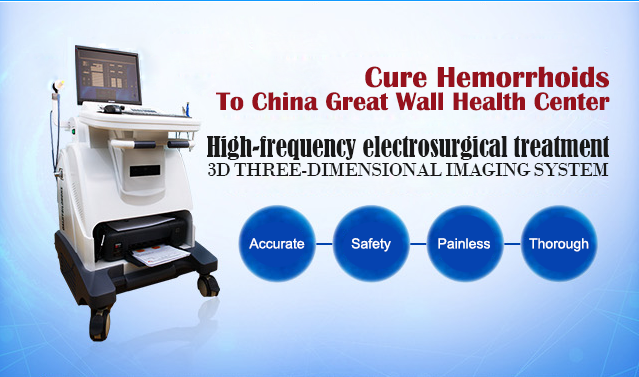








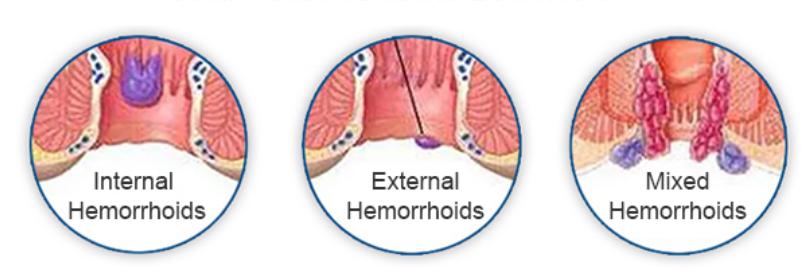
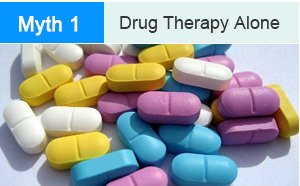
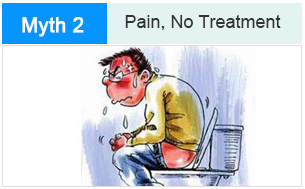
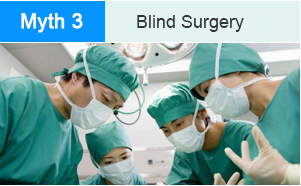





.jpg)